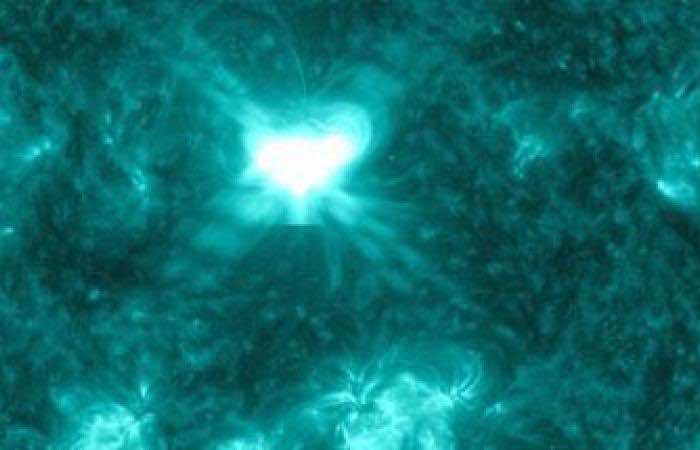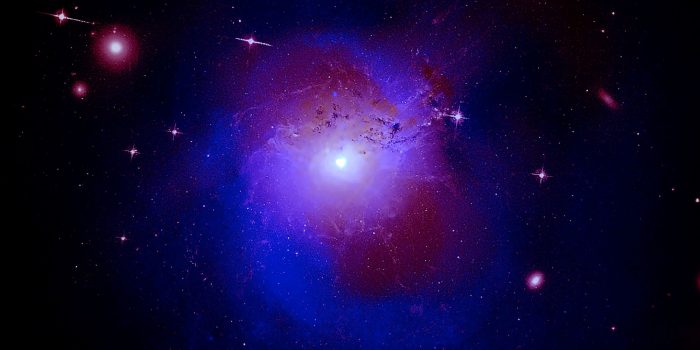The mostly-undetectable dark matter makes up about 85% of all matter in the universe. According to scientists, dark matter can act similar to normal matter in forming clumps that may be as big as asteroids. As space is complex, things can get a bit crowded as asteroids sometimes crash into planets, stars, or moons. So, researchers have used this concept to detect dark matter in space. It is quite tricky to detect. Researchers have proposed a new method to spot it, by looking for shock waves as the dark matter “asteroids” collide with stars

It is difficult to observe dark matter as it does not absorb, emit or reflect light. But scientists are quite sure about its presence because it does interact with regular matter and light in space. It affects the motion of stars and other objects in space. Thus it was calculated that there should be five times more dark matter in the universe than regular matter.
A new way to detect dark matter in the cosmos is proposed by researchers from the SLAC National Accelerator Laboratory and Universite Paris Saclay. According to the team, signals generated by the passage of dark matter through stars can be picked up by telescopes. Many of the properties of dark matter are not known. And this is a challenge for them. For this study, the team focused on the clumps that would have an equivalent mass to an asteroid.
“Most experiments have searched for dark matter made of separate particles, each about as heavy as an atomic nucleus, or clumps about as massive as planets or stars,” said Kevin Zhou, an author of the study, in an interview with Phys.org. “We were interested in the intermediate case of asteroid-sized dark matter, which had been thought to be hard to test experimentally, since dark asteroids would be too rare to impact Earth, but too small to see in space.”
According to the team, dark matter rush through a star at supersonic speeds, generating shock waves. Production of a short-lived signal of optical, ultraviolet, and X-ray light upon the collision of shockwaves with the star’s surface would be detected by telescopes. But the problem is that these signals would look like the flashes that stars give off, but the team says that this could be accounted for by focusing the search on stars with low UV emissions. The team mentioned that upcoming telescopes would be capable enough to detect such signals.

Many other methods were proposed for the detection of dark matter, and this new method is quite like an extended version of those methods. Many of those experiments use huge tanks of exotic fluids stored in quiet, calm conditions, with the notion that if a dark matter particle happens to pass through it could bump the nucleus of an atom in a tank, producing a flash that can be detected by instruments This newly proposed technique of detecting a dark matter works similarly.


